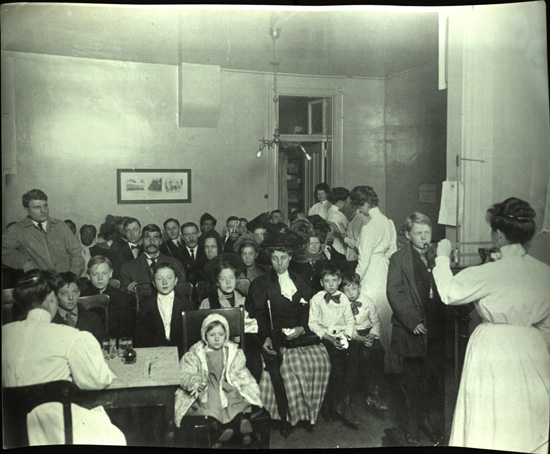Chasing The Cure
By 1896, Colorado was flatteringly known as “The World’s Sanatorium.” As Denver’s Rabbi William Friedman once observed: “The fame of Colorado’s capitol city, nestling in a valley flooded with sunshine, protected from the extreme heat and cold, attracted not only the ambitious searcher for wealth, but the enfeebled seeker of health…No wonder Colorado was a land of promise towards which tens of thousands turned their faces.”
While many early Jews migrated to Colorado to pursue economic opportunity, it was tuberculosis and the quest for health, which had the greatest impact on the growth of the state’s Jewish community and later brought a flood of East European Jewish immigrants at the turn of the century. Although the first patient at NJH was a young Swedish woman, for decades the majority of early patients in Denver’s Jewish sanatoriums were East European Jewish immigrants, many of whom had contracted the disease in east coast urban sweatshops. Whether they came in search of wealth or health or a combination of the two, Jewish citizens of Colorado joined other ethnic and religious groups to leave an indelible mark on the growth of our state.
